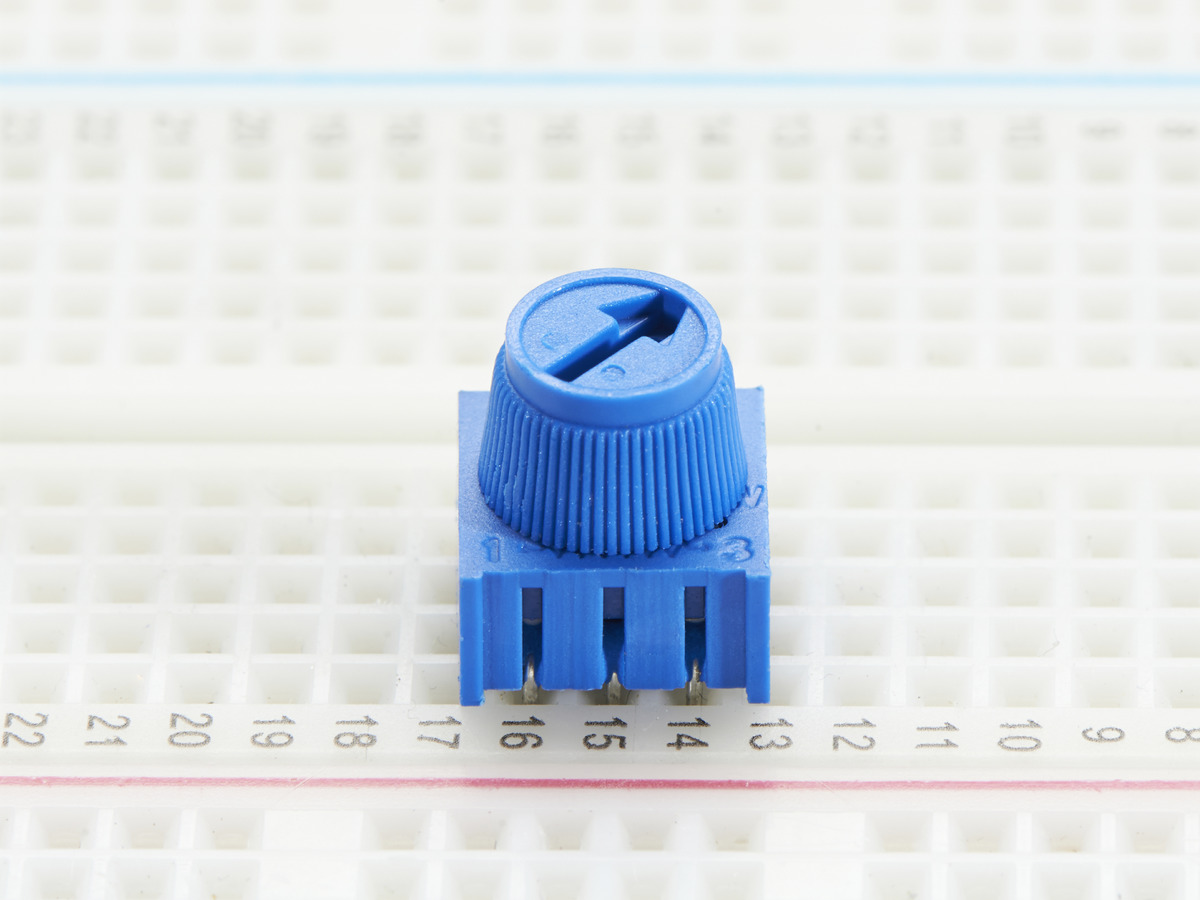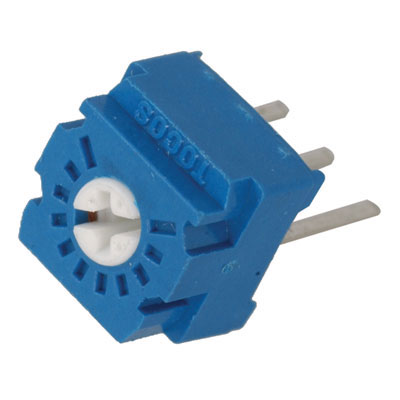
Today I completed my clock module!
This kit took me several days to complete, with the most time spent on debugging. Overall, this kit was really well put together and fairly simple to follow along with. I followed Ben’s videos for the first three parts of the build, but for the clock logic segment I decided to try to follow the schematic myself. This was a lot of fun, but it wasn’t functioning correctly when I finished, so I have spent the last few days debugging it. My main problem was misplaced jumpers, but I also had to add power and ground to the chips. Eventually, I moved one final wire to where it needed to be, and my clock started to work as intended. It now functions perfectly and seems to have no issues.
Issues:
I read about issues with the slide switch online, but it seems that Ben fixed this with a new switch. The switch I received is a slide switch instead of a push button one. This switch is a little hard to jam into the breadboard, but I got it eventually. The trick is to slightly bend the pins. One change that had been made that I don’t like so much is the change of potentiometers. In Ben’s videos, he has one that he can turn with his fingers, but in the kit I received, the potentiometer needs a screwdriver to turn. This isn’t a huge deal, but I would have preferred the one he shows in his videos. Overall, though, this was a high quality and well put together kit.


What’s next: 6502 kit or 8-bit kit?
This weekend I spent a lot of time considering where I will take this project from here. Because the clock module can be used for both of Ben’s main projects, I have the choice of which to continue with. On one hand, I could buy the next kits for the 8-bit computer, which would run me about $275 altogether; on the other hand, I could buy the 6502 kit, which would run me $90. There are pros and cons for both options.
The 8-Bit

The argument for the 8-bit computer is that it takes longer to build (a positive for me), it allows me to understand everything that is going on inside a CPU, and it allows me to further my understanding of electronics and troubleshooting. The negatives are that it is expensive, it is big, and when you are done with it, there is not much you can do with it in terms of real programming, at least without serious expansion. I know many people expand their projects, but at the end of the day, this expensive computer that you have built is still slow and unwieldy to work with. I do think it is a “cooler” and probably more satisfying project, but is it worth going through all this and spending all of this money when all you are left with is a giant calculator?
The 6502

The 6502 seems to be the opposite of the 8-bit: the build is not interesting, but rather what you do with the computer when you are done building it. The negatives of the 6502 are that it can be built fairly quickly, it involves far less electronic work and troubleshooting, and you do not truly get to see everything that is going on under the hood. The positives are that it is less prone to error, it costs only $90 for the base kit, it is a lot more capable and easy to program, and there are many different directions you can take it once you have completed the videos. Recently, Ben has released videos running Apple 1 software on this computer, and this seems really cool to me. People online have created countless extensions and upgrades for this computer. You can even turn it into a homebrew NES! The build for this kit may not be as exciting or look as cool, but once you are done, the possibilities for programming and expansion are endless.
So what’s next?
After considering this choice for a while, I decided to go with the 6502 kit. I really like the idea and look of the 8-bit breadboard computer, but I cannot justify the price when the finished product is so incapable. Additionally, I am reading a book on how computers work at the base level (highly recommended), and I have watched some of Ben’s videos on the 8-bit kit, so I am confident that I will be able to understand how a CPU works without building the 8-bit kit. I went ahead and ordered the 6502 kit, and I am excited for it to arrive. To save money, I plan to use a raspberry pi that I already have as an EEPROM programmer. I will certainly make an article about that when I have figured it out. Anyways, that’s all for today. Thanks for reading!

Leave a Reply
You must be logged in to post a comment.